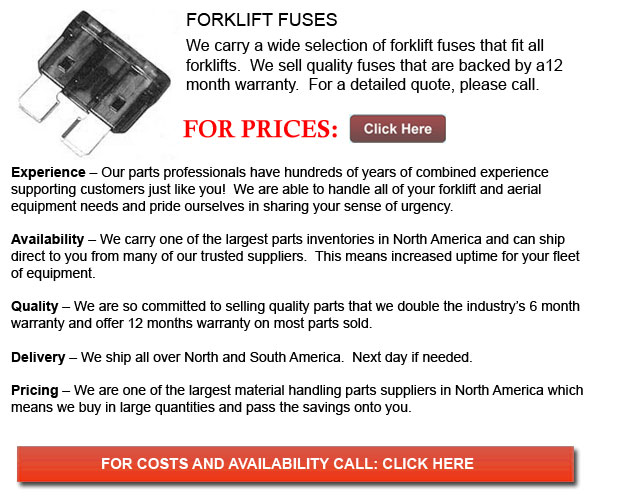
A fuse comprises either a metal strip on a wire fuse element within a small cross-section that are attached to circuit conductors. These units are normally mounted between two electrical terminals and quite often the fuse is cased within a non-combustible and non-conducting housing. The fuse is arranged in series capable of carrying all the current passing all through the protected circuit. The resistance of the element produces heat due to the current flow. The construction and the size of the element is empirically determined so as to be sure that the heat produced for a regular current does not cause the element to reach a high temperature. In instances where too high of a current flows, the element either rises to a higher temperature and melts a soldered joint inside the fuse which opens the circuit or it melts directly.
An electric arc forms between the un-melted ends of the element if the metal conductor components. The arc grows in length until the voltage considered necessary so as to sustain the arc becomes higher than the accessible voltage within the circuit. This is what truly leads to the current flow to become terminated. Where alternating current circuits are concerned, the current naturally reverses course on each and every cycle. This process significantly improves the fuse interruption speed. Where current-limiting fuses are concerned, the voltage required so as to sustain the arc builds up fast enough in order to really stop the fault current prior to the first peak of the AC waveform. This effect greatly limits damage to downstream protected units.
The fuse is often made from zinc, copper, alloys, silver or aluminum for the reason that these allow for stable and predictable characteristics. The fuse ideally, would carry its current for an indefinite period and melt rapidly on a small excess. It is important that the element should not become damaged by minor harmless surges of current, and should not oxidize or change its behavior subsequent to potentially years of service.
The fuse elements may be shaped to increase the heating effect. In bigger fuses, the current could be separated among many metal strips, whereas a dual-element fuse might have metal strips that melt instantly upon a short-circuit. This particular type of fuse may even comprise a low-melting solder joint that responds to long-term overload of low values compared to a short circuit. Fuse elements can be supported by nichrome or steel wires. This ensures that no strain is placed on the element however a spring can be included to increase the speed of parting the element fragments.
The fuse element is usually surrounded by materials that perform to speed up the quenching of the arc. Several examples include non-conducting liquids, silica sand and air.
![]() Click to Download the pdf
Click to Download the pdf
Forklift Parts in Fresno








Forklift Parts Express
TOLL FREE: 1-888-695-7994
Fresno, California
fresnoforkliftparts.com
Email Us
About Us



